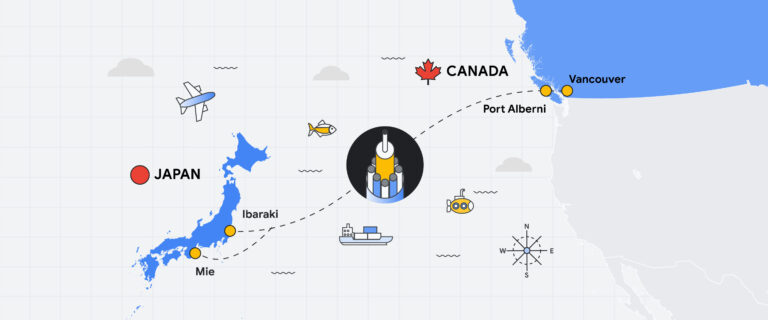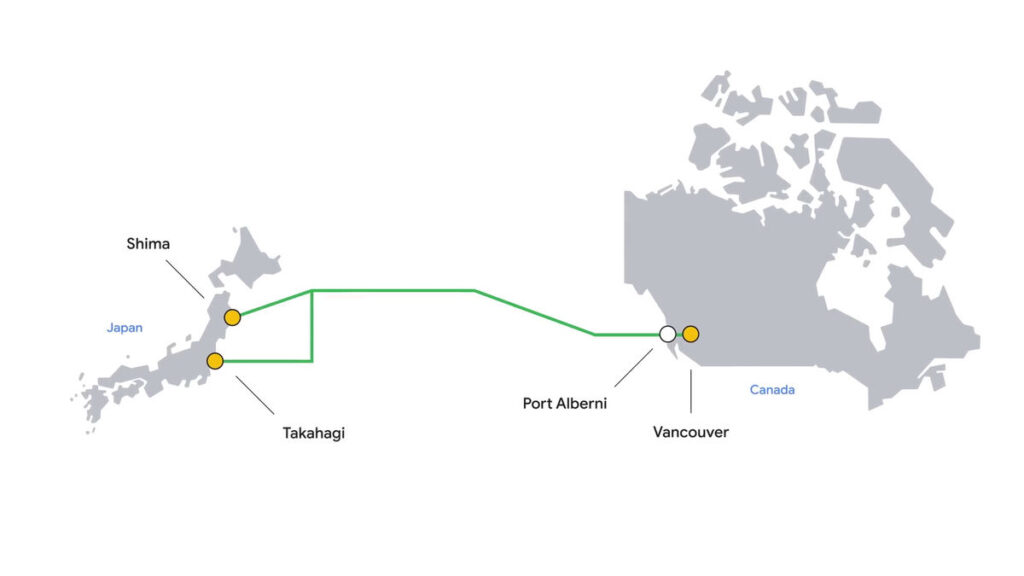Why Project Topaz was born
Once upon a time, in the bustling heart of Google’s headquarters in Mountain View, California, a team of brilliant engineers and scientists gathered to embark on a groundbreaking mission. Their goal was to create a revolutionary technology that would reshape the way data traversed the vast Pacific Ocean, connecting the cities of Vancouver and Japan.
The Mission: Connect North America and Japan
The year was 2020, and the demand for high-speed, low-latency internet connections between North America and Asia was growing at an unprecedented rate. Google, with its insatiable appetite for innovation, had decided to tackle this challenge head-on. The project was codenamed “Project Topaz,” and at its core was a groundbreaking technology known as the Wavelength Selective Switch, or WSS.
Develop Wavelength Selective Switch?
The Wavelength Selective Switch was a sophisticated piece of optical networking equipment that allowed for the precise manipulation of light waves. It could redirect, amplify, or attenuate specific wavelengths of light, enabling the transmission of data over long distances with minimal loss and latency. It was the key to unlocking the full potential of Google’s ambitious plan to create a direct link between Vancouver and Japan.
The team responsible for Project Topaz consisted of optical engineers, data scientists, and software developers from all over the world. They worked tirelessly, day and night, designing and fine-tuning the Wavelength Selective Switch to perfection. The device had to be incredibly precise, capable of handling an enormous amount of data traffic, and resilient enough to withstand the unpredictable forces of the Pacific Ocean.

No story is complete without its challanges
One of the biggest challenges they faced was the physical implementation of the WSS. To span the vast distance between Vancouver and Japan, they had to lay thousands of kilometers of specialized fiber optic cables under the ocean floor. These cables were not ordinary; they were designed to carry an array of different wavelengths of light, each representing a unique channel for data transmission. The WSS would be stationed at both ends of this colossal data highway, managing the incoming and outgoing traffic.
As months turned into years, the team made remarkable progress. They had successfully developed a WSS capable of handling hundreds of terabits of data per second, and the undersea cables were in place. It was time for the most critical moment in the project – the activation of the Topaz link.
What happened with the first Project Topaz test?
In a control room at the Google headquarters, engineers and technicians gathered to oversee the launch. A countdown echoed through the room, and with the push of a button, the Wavelength Selective Switches at both ends of the Pacific roared to life. Light, carrying data at the speed of photons, flowed through the cables.
In a matter of milliseconds, data was exchanged between Vancouver and Japan with an astonishing speed and reliability. Businesses, researchers, and individuals on both sides of the ocean marveled at the newfound connectivity. The Google Topaz link was not only lightning-fast but also incredibly stable, thanks to the advanced technology of the Wavelength Selective Switches.



